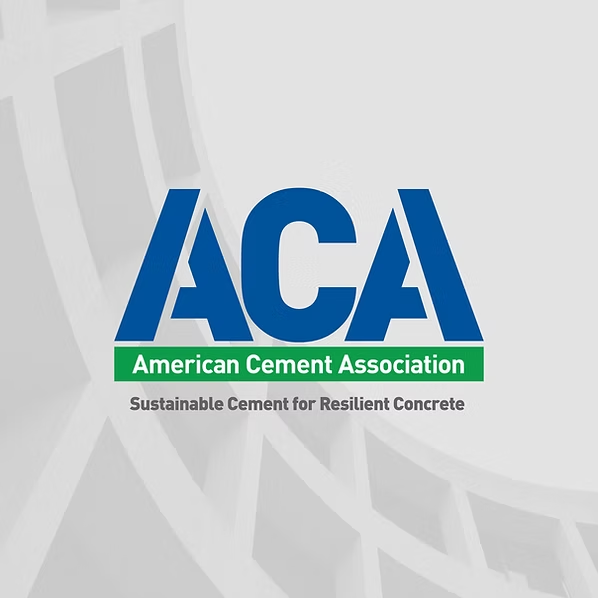Reducing Carbon When Making Concrete
The concrete that will eventually be poured at construction sites is formed when cement is mixed with water and other aggregates.
Manufacturing concrete is a complex process. From everyday concrete for residential applications to ultra-high strength concrete for the tallest buildings and longest bridges in the world, concrete manufacturing requires stringent quality control and an understanding of the characteristics and properties of local materials.
Concrete can be made for any application to meet the needs of engineers, contractors, owners and others. The Roadmap targets improved mix designs that optimize every single component within concrete.
With dozens of inputs and outputs, leveraging both conventional and machine-based tools allows producers to transition from a set menu of default mixtures to designing tailor-made mixtures using the right materials at the right time for the right application.
Additionally, making and transporting concrete takes energy, and the transition to zero-emission fleets and lower-carbon sources of fuel will reduce these emissions.
